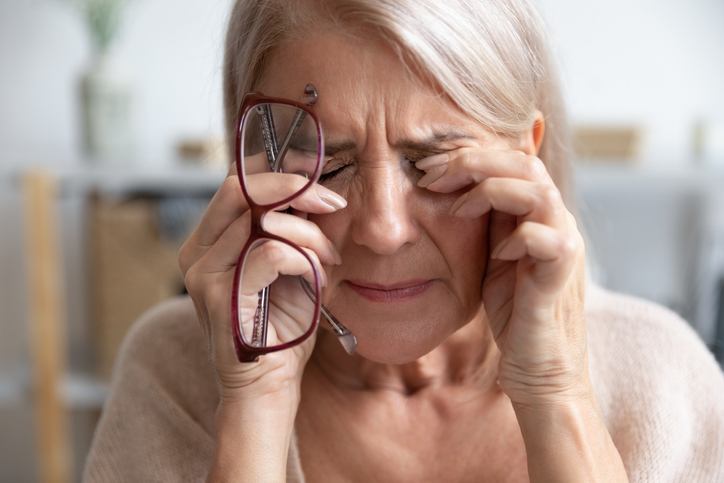Wellness
The Importance of Proper Posture

Poor posture overworks the muscles in the neck and back, resulting in neck and shoulder strain, back pain, or joint damage. As the immune system works to heal the muscles, inflammation occurs, which can lead to chronic pain or arthritis.
Good posture involves maintaining the three natural curves in the spine — one in the neck, one in the mid back, and one in the low back. The ears should be in line with the shoulders, and the shoulders should be in line with the hips.
Proper posture also involves centering the body’s weight over the feet when standing up straight, which is important for balance. The muscles of the back, side, pelvis and buttocks link the upper and lower body. If these muscles weaken, slumping occurs, tipping the body forward and creating unbalance. Good balance is essential when engaging in physical activity, resulting in better performance and fewer injuries. Proper posture also helps with the following:
- Proper posture reduces low back pain. Sitting or standing in a slouched position causes stress on the posterior structures of the spine, which can result in low back pain. However, sitting with proper posture can be tiring; therefore, it is important to get up and move every 20 to 30 minutes.
- Proper posture decreases muscle tension. Tension headaches can result from increased muscle tension in the back of the neck. Poor posture contributes to muscle tension. Stretching the neck muscles improves their strength and flexibility.
- Proper posture boosts energy levels. Properly aligned bones and joints help avoid fatigue. Proper posture strengthens the obliques; however, it is okay to occasionally relax the postural muscles. It typically takes a month for proper posture to become a natural habit.
- Proper posture reduces head and neck tension. Poor posture creates tension in the shoulder and neck areas. When the head leans forward, pressure is placed on the shoulders, neck, and upper back. Leaning the head back several times throughout the day helps to stretch the muscles, reducing tension in the shoulders and neck.
- Proper posture reduces the risk of abnormal wear and tear on joints. Sitting or standing crooked (e.g., leaning more on one leg while standing or placing more weight on one side when sitting) can cause hip strain. This can cause abnormal wear on the joint surfaces in addition to the natural “wear and tear” that naturally occurs with aging. When sitting, a lumbar roll or rolled towel can help support the natural lumbar curve.
- Proper posture prevents the reduction of lung capacity that occurs with poor posture. Poor posture compresses the lungs, which can lead to decreased lung capacity. When sitting or standing straight, the lungs are able to expand fully. Standing with the feet hip distance apart while locking the hands behind the back and holding for 20 seconds can help stretch the pectoral muscles, allowing for proper lung expansion.
- Proper posture improves digestion and circulation. When the body is slouched, vital organs can be compressed. Awkward body positions can decrease circulation, restricting blood flow.
- Proper posture reduces temporomandibular joint (TMJ) pain. A forward head position causes strain on the mandibular joint, which can cause pain when eating, talking or yawning. Stretching the neck muscles by turning the head slowly from one side to the other can help relieve neck and shoulder tension and reduce TMJ pain.
- Proper posture improves core strength. The core is engaged and active when proper posture is maintained. Over time, this strengthens the core muscles, and proper posture becomes a natural habit.













